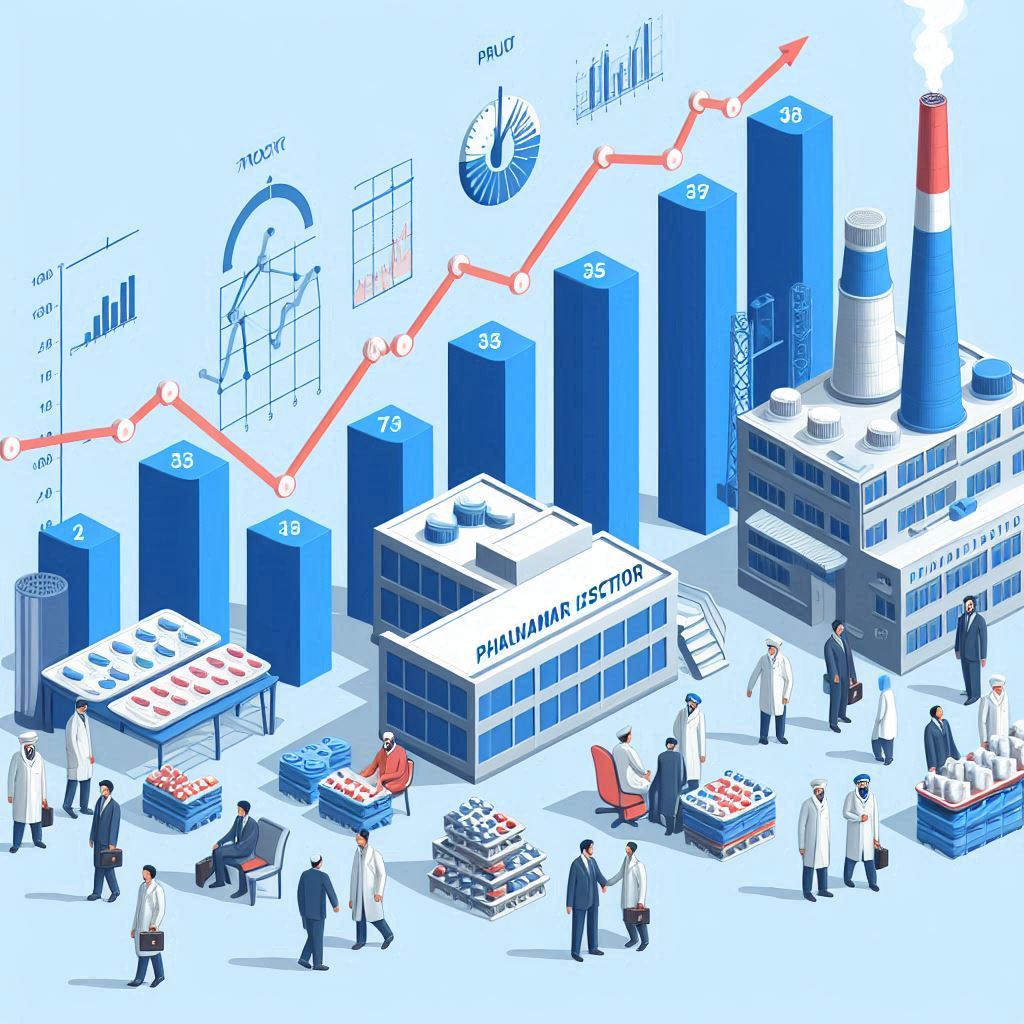In today’s fast-paced world, where industries are constantly evolving, the concept of a production system plays a pivotal role in ensuring efficiency, quality, and success across various sectors. Whether it’s manufacturing, service delivery, or any other field, understanding the nuances of a production system can greatly impact how organizations operate. In this article, we will embark on a journey to explore what Manufacturing processes are, their key components, and how they contribute to overall growth and excellence.
Table of Contents
1. Introduction to Production Systems
Ever wondered how products are created in a systematic and organized manner? That’s where the Manufacturing system comes into play. At its core, Production planning is a methodical approach that combines resources, processes, and people to achieve specific goals efficiently. Think of it as a well-choreographed dance where every step is designed to optimize performance and minimize wastage. But let’s delve deeper into its components.
2. Core Components of a Manufacturing System
A Manufacturing system comprises several key components that work in harmony to ensure seamless operations. These components include:
- Input Resources: These are the raw materials, human capital, and equipment needed for production.
- Processes and Workflows: The step-by-step procedures that transform inputs into finished products.
- Quality Control: Methods to maintain high standards and eliminate defects.
- Output: The final products or services that emerge from the production process.
3. Types of Production Systems
Production processes come in various flavors to suit different industries and goals:
- Mass Production: Producing large quantities of standardized products.
- Batch Production: Creating products in batches, allowing for customization.
- Job Production: Crafting unique products tailored to individual customer needs.
4. Benefits of Implementing a Production process
Implementing a Production process offers a multitude of advantages:
- Streamlined Processes: Efficiency increases, leading to faster production cycles.
- Cost Reduction: Wastage decreases, saving both time and resources.
- Consistent Quality: Robust quality control ensures standardized products.
- Adaptability: Production systems can be tailored to changing demands.
5. Lean Manufacturing: A Revolutionary Approach
Imagine a Production methodology that minimizes waste while maximizing value. That’s the essence of lean manufacturing. By eliminating unnecessary steps, lean manufacturing optimizes processes, resulting in quicker, cost-effective production.
6. Just-In-Time Production: Minimizing Waste, Maximizing Efficiency
Ever thought about producing only what’s needed, precisely when it’s needed? That’s the principle of just-in-time production. It reduces excess inventory and associated costs, enhancing overall efficiency.
7. Automation: Enhancing Production Performance
Automation introduces technology and machinery to the production process, reducing the reliance on manual labor. This not only boosts productivity but also ensures precision and consistency.
8. Quality Control: Ensuring Excellence Every Step of the Way
Maintaining quality is paramount in the manufacturing system. Rigorous checks and balances are implemented to identify defects early, preventing subpar products from reaching consumers.
9. Role of Workforce in Production Systems
Even with automation, the human touch remains indispensable. A skilled and motivated workforce contributes to the smooth functioning of the manufacturing system, bringing creativity and problem-solving to the table.
10. Manufacturing setup in Service Industries
Manufacturing setups aren’t limited to manufacturing. They’re equally valuable in service industries, ensuring consistent and efficient delivery of services, whether it’s in healthcare, hospitality, or finance.
11. Sustainable Production Process: A Greener Future
In an era of environmental consciousness, sustainable production systems take center stage. These systems focus on minimizing environmental impact, reducing waste, and conserving resources.
12. Challenges in Implementing Manufacturing Systems
While the Production process offers numerous benefits, they also come with challenges such as initial setup costs, resistance to change, and the need for ongoing optimization.
13. Case Studies: Real-World Applications
Looking at the successful implementation of production systems in real-world scenarios provides insights into their effectiveness. Case studies highlight how industries have transformed using these principles.
14. The Future of Production Systems
As technology evolves, so do manufacturing systems. The future might hold innovations like AI-driven optimizations, further blurring the lines between human effort and technological advancement.
15. Conclusion:
In a world that demands efficiency, quality, and sustainability, Manufacturing systems offer a roadmap to success. By orchestrating resources, processes, and people, organizations can achieve their goals while minimizing waste and maximizing output.
FAQs
- What exactly is a production system?
A production system is a strategic approach that combines resources, processes, and people to efficiently create products or services.
- How do production systems improve efficiency?
Production systems optimize workflows, reduce wastage, and introduce automation, all of which contribute to enhanced efficiency.
- Are production systems only for manufacturing?
No, production systems are applicable across various industries, including services, to ensure efficient delivery and quality.
- What challenges can arise during production system implementation?
Initial costs, resistance to change, and ongoing optimization are common challenges organizations might face.
- What does the future hold for production systems?
The future of production systems might involve advanced technologies like AI-driven optimizations, enabling even greater efficiency and innovation.




